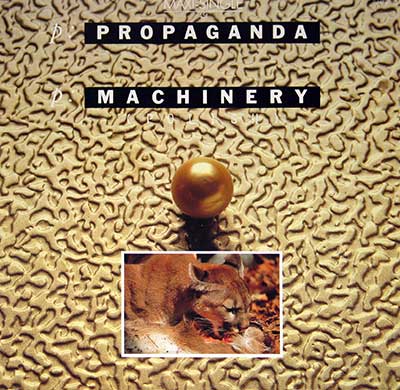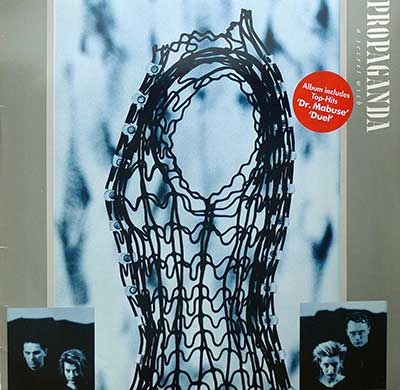In the midst of the 1980s, a period marked by Cold War tensions and cultural shifts, a German band named Propaganda emerged from DŸsseldorf. This city, a hub for avant-garde artistry and electronic experimentation, birthed a group that would intertwine sonic ambition with a flair for dramatic storytelling. Propaganda became a flagship act for Trevor HornÕs ZTT Records, a label renowned for its boundary-pushing production and futuristic ethos.
Historical Context: A Fragmented World, Unified Sound
Propaganda debuted at a time when music was undergoing a tectonic shift. The post-punk ethos of the late Õ70s had given way to a kaleidoscope of synthesizers, drum machines, and artful experimentation. The world seemed perched on the edge of chaos, with tensions between East and West reflected in the cryptic lyrics and icy soundscapes of PropagandaÕs work. Their music mirrored the fragmented political climate while promising transcendence through art and sound.
Musical Exploration: An Alchemy of Sound
Their 1985 debut album, A Secret Wish, remains a quintessential document of New Wave sophistication. The band, fronted by vocalist Claudia BrŸcken and supported by Ralf Dšrper, Susanne Freytag, and Michael Mertens, forged a blend of industrial rhythm, cinematic grandeur, and pop sensibility. Songs like ÔDr. MabuseÕ and ÔDuelÕ exhibited a meticulous balance of haunting melodies and mechanical precision, creating a soundscape that felt both human and alien.
PropagandaÕs music wasnÕt just about hooks; it was an exploration of themes like control, desire, and the interplay between fear and beauty. Tracks like ÔDream Within a Dream,Õ based on Edgar Allan PoeÕs poetry, showcased the bandÕs intellectual leanings, while the dense, orchestral arrangements placed them in a league of their own.
The Genre: New Wave, With a Theatrical Edge
While often classified under the umbrella of New Wave, PropagandaÕs music defied easy categorization. They borrowed the chilly aesthetic of KraftwerkÕs pioneering electronic music but infused it with the dramatic flair of British art-pop acts like Roxy Music. Their sound was colder than Duran DuranÕs glamorous synth-pop and more polished than Depeche ModeÕs darker excursions. This blend of German industrial precision and British romanticism gave Propaganda a unique edge in the crowded musical landscape of the 1980s.
Controversies: Art vs. Commerce
PropagandaÕs career wasnÕt without turbulence. The band faced contractual disputes with ZTT Records, leading to internal tensions and eventual lineup changes. The label, led by Trevor Horn and Paul Morley, had a reputation for tightly controlling its artists, and Propaganda was no exception. While ZTTÕs perfectionist approach yielded the lush, layered production of A Secret Wish, it also created friction between the band members and the label.
Their departure from ZTT was as dramatic as their music, a messy unraveling that left fans wondering what might have been if the original lineup had remained intact. This conflict cast a shadow over their later works, which never quite captured the magic of their debut.



